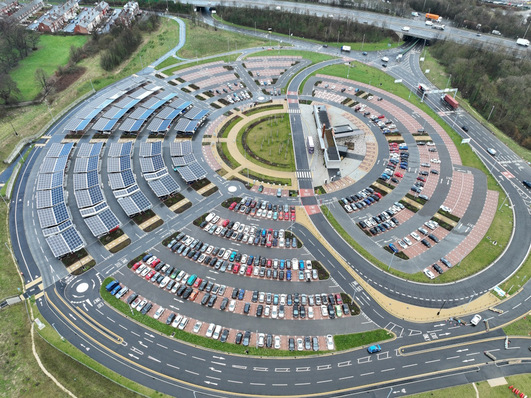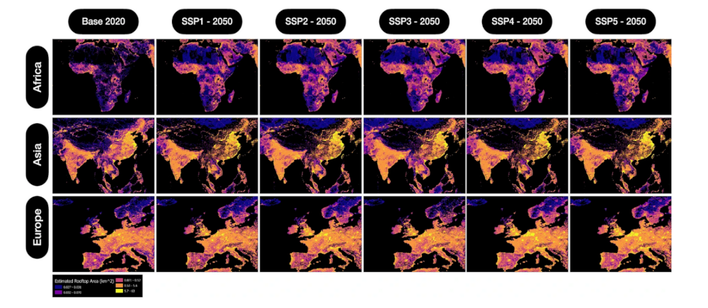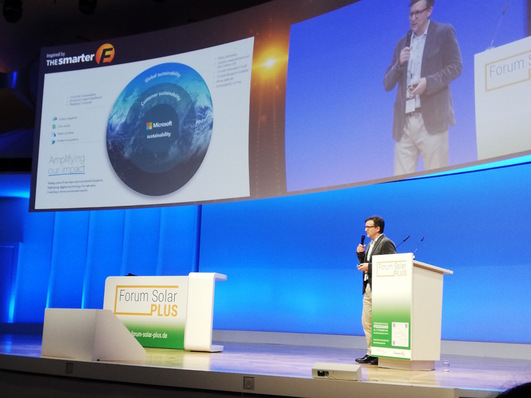Up to now, this question has mainly been answered by the energy of the installer. The system was installed on the roof and has been producing electricity ever since. Colourful curves give an indication of the output produced.
How good is the system really?
Now you ask yourself, how good is my system really? Could it have produced more? What do I do in case of creeping faults, heavy production losses or even breakdowns? How do I even get to know about these without a daily check?
Up to now, the responsible installer is called, an appointment is made to analyse the problem on site and to propose a solution. This is a lot of work and causes losses as well as costs.
The same applies to the solar installer in the industrial and commercial sector, who analyses operating conditions, evaluates operating procedures and checks yields on a daily basis. Central questions here are: Am I using the full potential of my photovoltaic system? Can I optimise the performance of my system during its entire lifetime?
AI-based monitoring
Digitalisation, i.e. AI-based monitoring, takes care of all these issues. Monitoring as well as problem solving of daily functions are digitally mapped.
The tech company Solytic realises this in a monitoring portal for plant monitoring. In addition, a marketplace offers individual solutions for the corresponding problems.
An invoice, for example
How much such optimisations are worth can be demonstrated with an example calculation. The internal costs for monitoring a 500-kilowatt plant with 20 inverters by personnel are twice a day.
That is 7,200 minutes or 120 hours (360 days x 2 x 10 min). The hourly rate for a solar engineer is 150 euros per hour. The costs of daily monitoring thus amount to 18,000 euros per year plus further analyses and decisions on malfunctions in the production process.
Already in the days of Excel
Digitising and optimising plant performance is a vision I started pursuing back in the days of Excel. In addition to my studies, I built photovoltaic systems, including on the Vatican Audience Hall. Here I was confronted for the first time with the problem of inefficient monitoring of installations.
See also: PV-Invest chooses Solytic to monitor 52 megawatts
Every day, data from eight different monitoring portals had to be transferred to Excel and analysed in Excel. Together with Steffen Mangold, I then worked on a first prototype to understand different protocols and transfer them into Excel in an automated way.
This idea gave rise to Powerdoo: a hardware-independent monitoring system, which ultimately became part of Solytic.
Concrete suggestions in case of damage
Together with my three other co-founders, I have the vision to completely digitalise and automate the monitoring of solar plants. If the system on the roof is not running optimally or even has damage, the owner should not only be informed, but also receive concrete suggestions on how the problem can be remedied as cost-effectively as possible.
Such efficiency improvements can significantly increase profits from investments in solar systems. This in turn makes them more economical and accelerates growth. This is how we want to contribute to the energy transition. (mfo)
Johannes Dahl is Chief Sales Officer of Solytic in Berlin.
Here you can find the other articles in our My Vision series.







